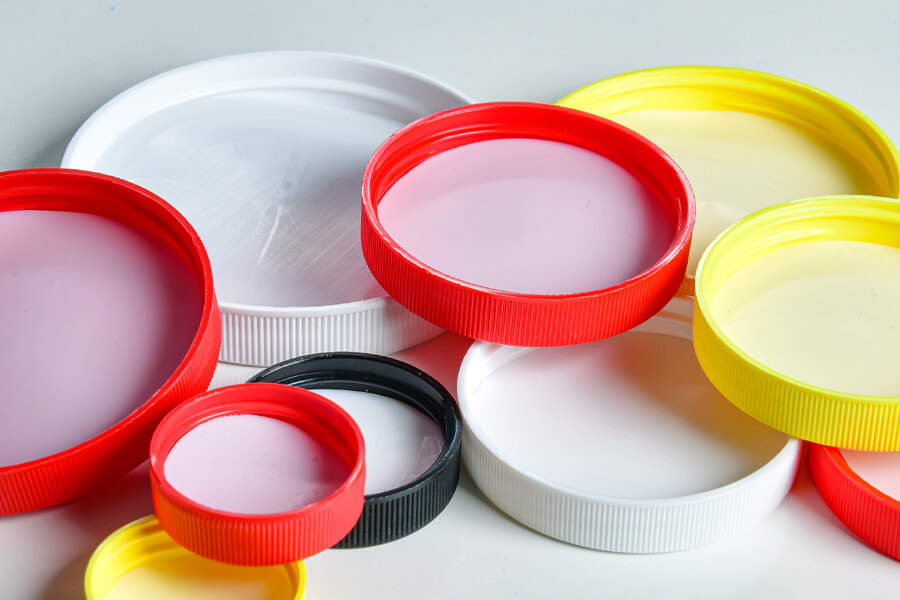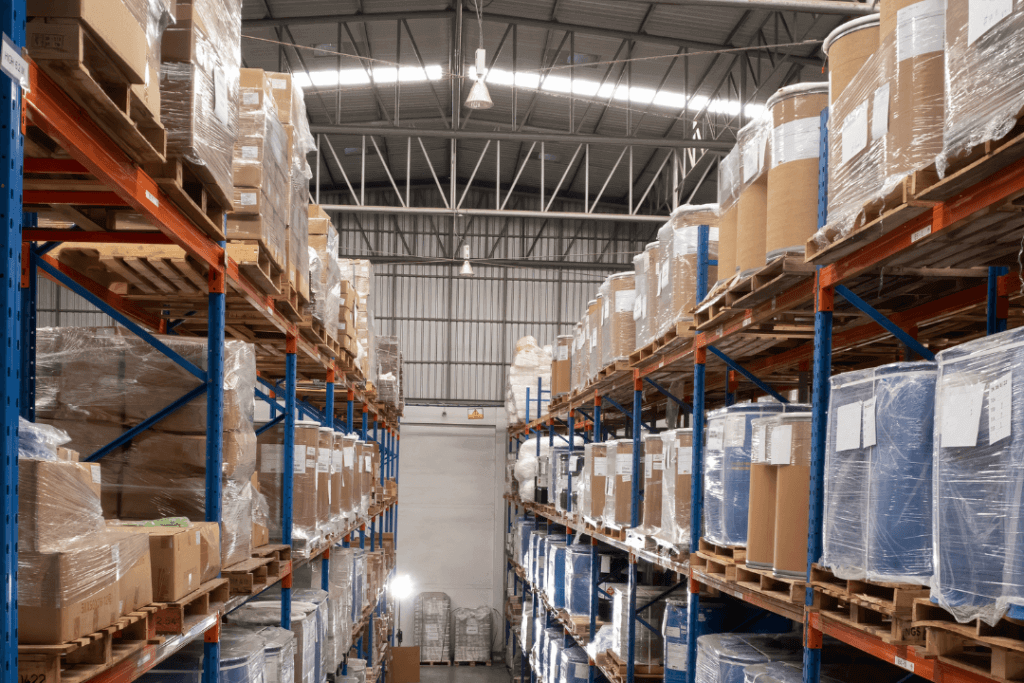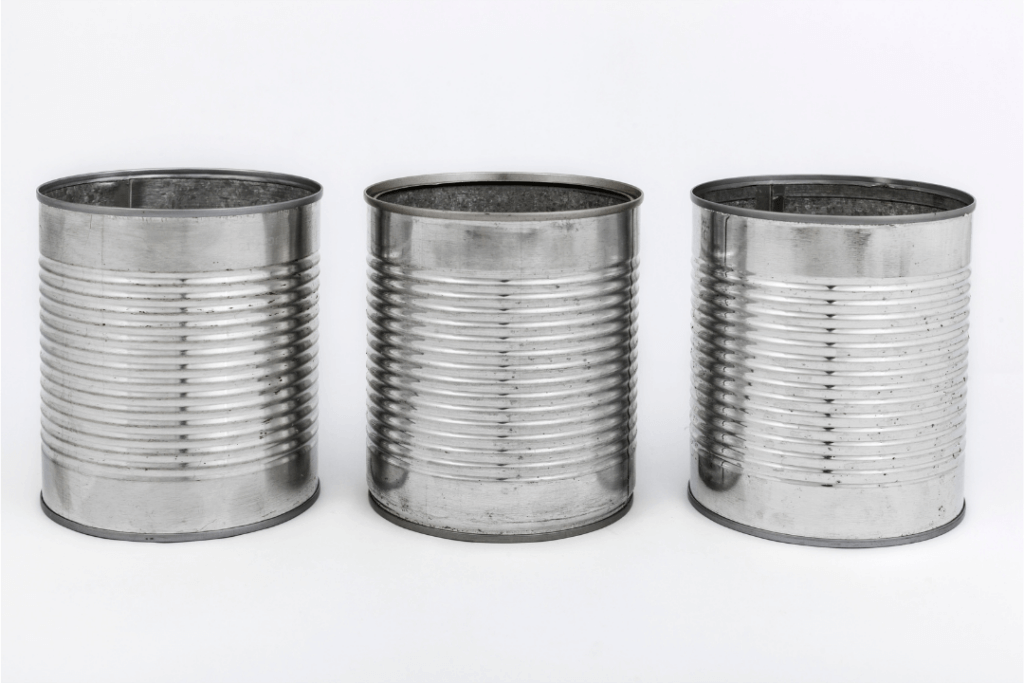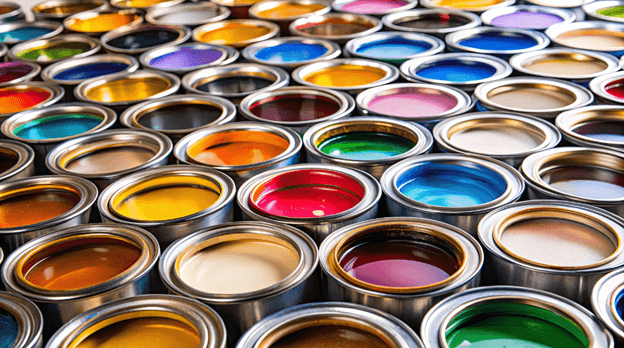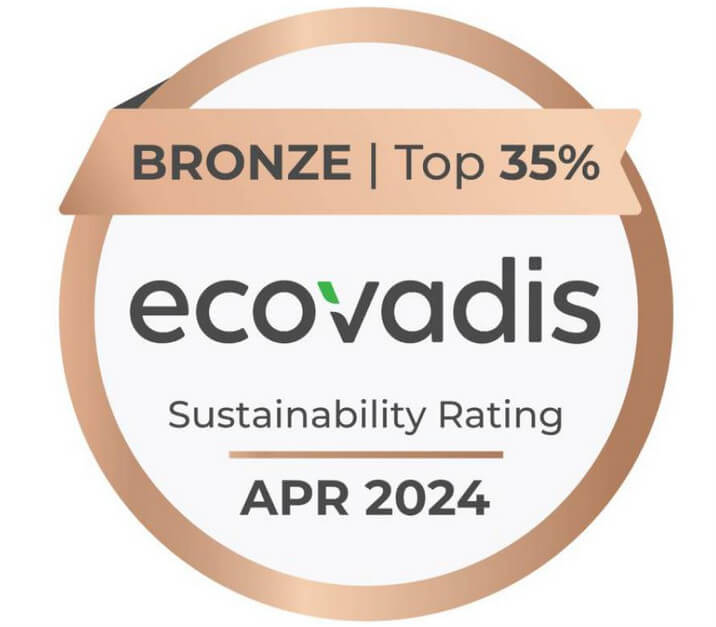When it comes to packaging, the primary focus is often-on the outer container, overlooking the critical role of the internal liner materials in caps and closures. At C.L. Smith, we understand that the right liner can significantly enhance safety, integrity, and longevity of products, especially in industries like pharmaceuticals and chemicals. This blog post will examine the importance of liner materials and guide manufacturers and quality control managers in selecting the best options for their packaging needs.
The Role of Liner Materials
Liner materials serve as the first line of defense for products stored in various containers. They are crucial for preventing leaks, maintaining freshness, and providing tamper evidence. C.L. Smith recognizes that the choice of liner can have comprehensive implications for brand reputation, product safety, and compliance with industry standards.
Types of Liner Materials
Plastisol Liners: These liners are made from a PVC-based compound that provides an excellent seal for glass and plastic containers. Plastisol liners offer superior resistance to chemicals, making them ideal for pharmaceutical and chemical applications. Their flexibility allows for easy application and ensures a tight seal, which is essential for preventing contamination and maintaining product efficacy.
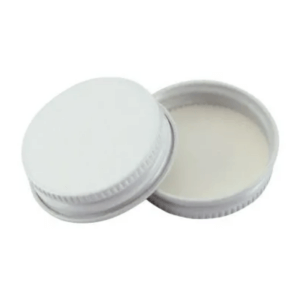 Polyethylene Liners: Known for their moisture resistance, polyethylene liners are an excellent choice for products sensitive to humidity. They are lightweight and cost-effective, making them suitable for a wide range of applications, including food and beverage packaging. C.L. Smith recommends polyethylene liners for products that require a barrier against external moisture while ensuring product freshness.
Polyethylene Liners: Known for their moisture resistance, polyethylene liners are an excellent choice for products sensitive to humidity. They are lightweight and cost-effective, making them suitable for a wide range of applications, including food and beverage packaging. C.L. Smith recommends polyethylene liners for products that require a barrier against external moisture while ensuring product freshness.
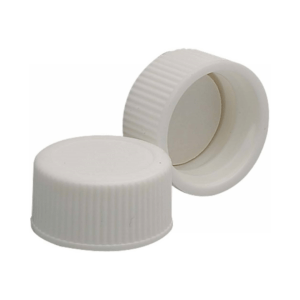
Foil Liners: Foil liners are particularly effective for providing an airtight seal, preventing oxygen access and preserving the quality of sensitive products. These liners are commonly used in the pharmaceutical industry, where maintaining the integrity of active ingredients is important. At C.L. Smith, we understand that foil liners offer an added layer of security by providing visible tamper evidence, assuring consumers of product safety.
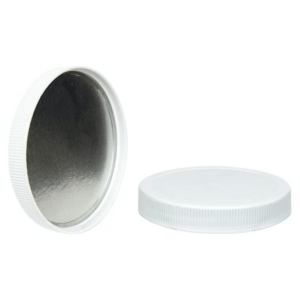 Choosing the Right Liner Material
Choosing the Right Liner Material
Selecting the appropriate liner material depends on various factors, including the product’s chemical composition, storage conditions, and packaging requirements. Here are some considerations to guide your choice:
- Chemical Compatibility: Evaluate the product’s formulation to ensure that the liner material can withstand the chemical composition without compromising its quality. C.L. Smith provides expert advice on pairing the right liner with your product.
- Sealing Performance: Assess the sealing requirements for your packaging. Consider whether the product is sensitive to moisture, oxygen, or light, and choose a liner that offers the necessary barrier properties.
- Regulatory Compliance: Ensure that the chosen liner material meets industry safety standards and regulatory requirements. C.L. Smith’s extensive experience in hazardous materials packaging positions us as a reliable partner in ensuring compliance.
- Tamper Evidence: In industries where product safety is important, tamper-evident liners are essential. These liners can provide visual indicators of tampering, helping to protect consumer safety.
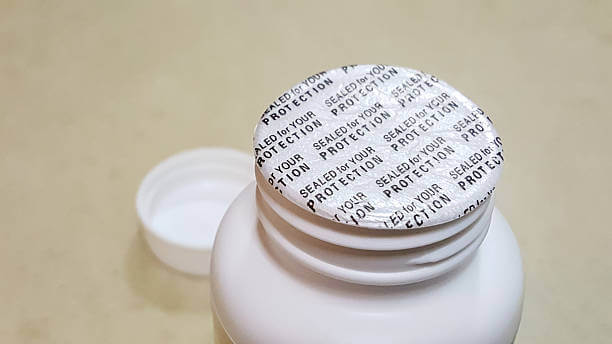
Rely on C.L. Smith for Liner Solutions
At C.L. Smith, we believe that understanding the role of liner materials in caps and closures is essential for manufacturers and quality control managers responsible for product packaging. By choosing the right liner material, businesses can enhance product safety, ensure compliance with industry standards, and maintain customer trust.
For expert guidance on liner materials and other packaging solutions, contact C.L. Smith today! Together, we can ensure that your products are sealed correctly and protected against potential hazards.
Comments are closed

